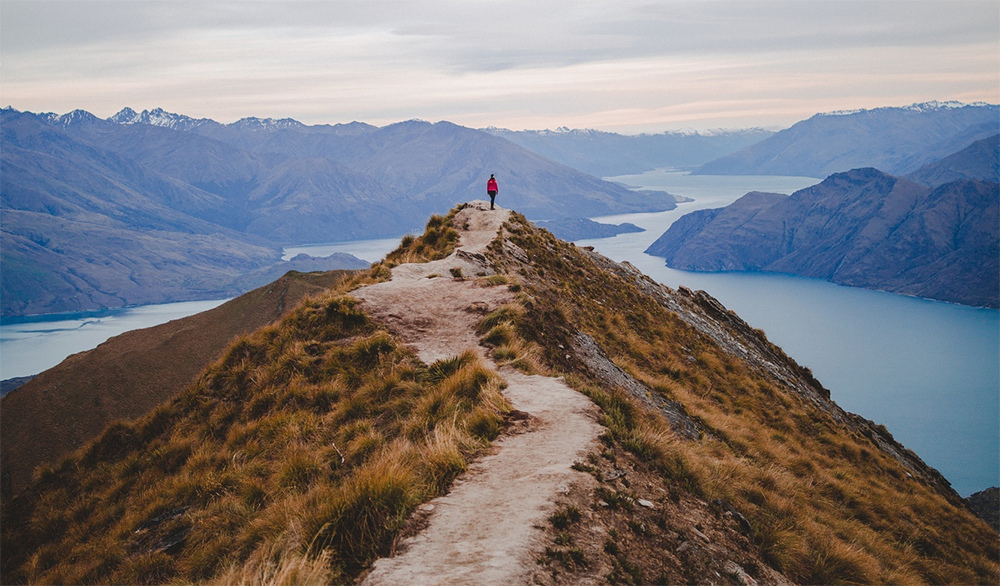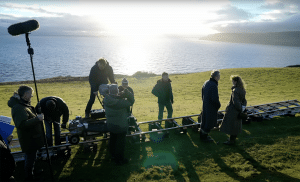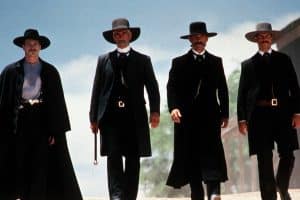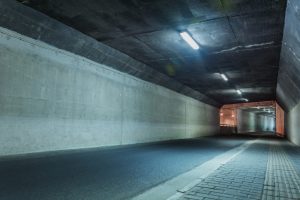In this audio gear roundup, we cover the best microphones for ambient field recording.
Ambient Field Recording is the process of recording the natural ambience of both outdoor and indoor spaces. And for anyone who wants to try something new, browsing through the internet trying to find the best microphones can be pretty exhausting! So, we’ve compiled a list of both budget-friendly and up-market options that are the most suitable for ambient field recording.
Whether you’re an aspiring filmmaker, audio engineer, or musician, field recording may be a process you will visit at a stage in your creative journey. In filmmaking, natural ambience is necessary for your visuals to be flat and realistic. Not having the budget to hire a professional sound recordist, as a solo creative, you may have to capture these sounds yourself.
In a previous article, we discussed the best practices for capturing natural ambience. Another great aspect of field recording is microphones, the very thing that will capture those natural sounds. Using a handheld recorder is a great starting point; however, adding external microphones will up your game.
Microphone Criteria
Microphone varieties number in the thousands, and they all have different functions and purposes. In addition to your recording device, which will have built-in microphones, having additional microphones can capture richer sound ambience. For a beginner in the field, the sheer number of microphones available can be overwhelming! Furthermore, field recording microphones offer specific functions that will aid you in getting the best possible recording.
Polar Pattern — this correlates to a microphone’s pickup pattern. The best options for field recording are either an omnidirectional or a cardioid pattern.
Price — there are both budget-friendly microphones as well as premium microphones available. The consensus is that the higher the price, the better the microphone. However, this isn’t always the case as some microphones are just as good that are a fraction of the price of higher-quality microphones.
Being out in the field may result in treacherous environments; thus, equipment may get damaged. Purchasing an affordable set of microphones can be more practical because they are easy to replace. Some more expensive microphones have far better inner mechanics and are more durable for outdoor weather conditions. Whether or not this is important to you may determine the choice of microphone you’d like to go with.
Self-Noise/Noise Floor and Sensitivity — other than unwanted background noise, this can also be generated from electric equipment, like your microphone. It’s best to grab a microphone that has a low self-noise as capturing ambience is generally quiet. We only want to be capturing the sound we want to record, nothing else.
Additionally, a microphone with a high sensitivity value is better suited for quieter recordings, like capturing ambience. This is measured in both mV and dBV (we will use dBV to measure sensitivity).
(NOTE: the higher the mV, the more sensitive. The lower the dBV, the more sensitive.)
Matched Pairs — stereo setups will require two microphones, and luckily enough, some microphones come as matched pairs. Using two different models will result in unbalanced recordings as the microphones will have different specs. If you want just a single microphone, this is perfectly okay for ambient field recording. Having two microphones will increase the price; however, a stereo image will provide you with a wider sonic field.
Versatility — a microphone that is both durable and versatile is essential. Field recorders tend to opt for omnidirectional lavalier mics due to their smaller size, which can be ideal for concealment — and they’re easier to rig up on trees. You can also do this with regular shotgun microphones, but they may require more equipment to rig them up, which can take up more time.
Best Budget Field Recording Microphones
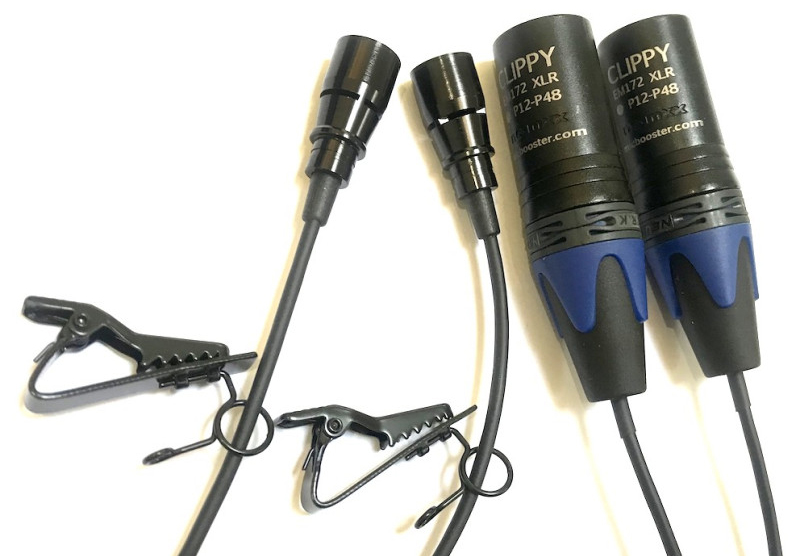
The Clippy EM272 XLRs are well-regarded within the field recording community — they’re go-tos for beginners as well as pros. These omnidirectional lavalier microphones have a very low noise level and high sensitivity, making them a popular choice. The Clippy mics are also very small, so they’re portable. You can place these in a variety of locations, such as mounting them on tree trunks, to provide a similar configuration to our human ears.
Specs:
- Polar Pattern: Omnidirectional
- Frequency Range: 20Hz to 20kHz
- Noise Level: 14dBA
- Sensitivity: -28 dBV
- Price: $192.60
sE Electronics sE8 Cardioid Microphones Matched Pair
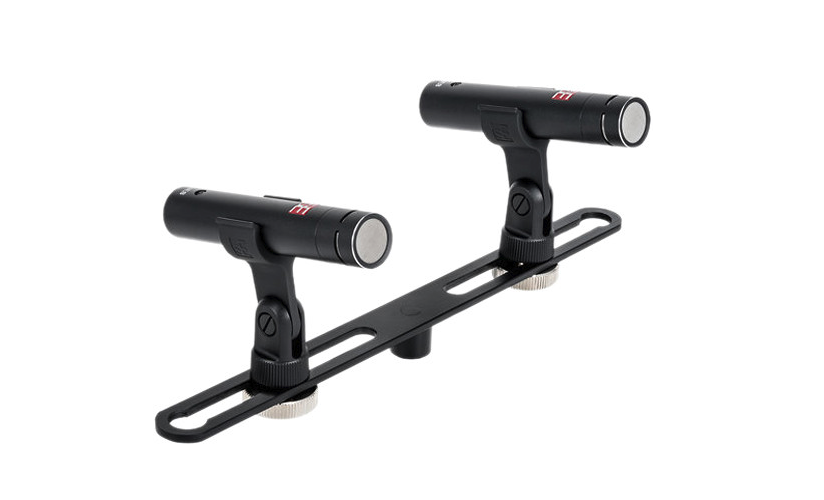
The sE range has some considerably well-constructed microphones that are not only made for instrumental recording but can also be used out on the field. These matched pair cardioid condenser microphones are a great choice for starting in field recording. What makes these microphones an exceptional choice is their incredibly low noise levels, resulting in hiss-free recordings. These are also available in an omnidirectional pattern for the same price; however, those are slightly less sensitive.
Specs:
- Polar Pattern: Cardioid
- Frequency Range: 20Hz to 20kHz
- Noise Level: 13dBA
- Sensitivity: -32 dBV
- Price: $519
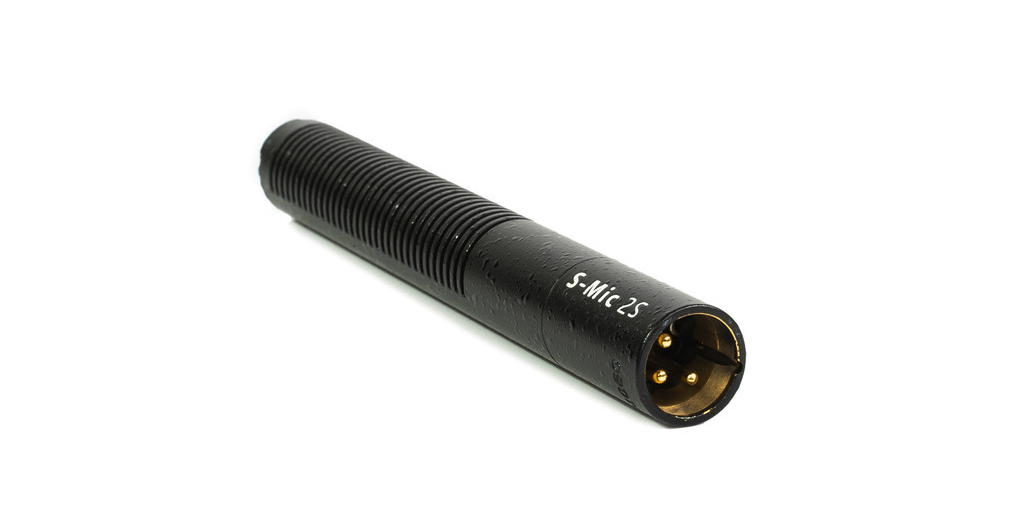
The Deity S-Mic 2S is a moisture-resistant short shotgun microphone that is designed for broadcast purposes; however, it is also a great option for ambient recording. Since it’s moisture resistant, it’s much more durable for outdoor recordings. It’s a quiet microphone with high sensitivity, and it has a supercardioid pickup pattern, which is great for capturing specific sounds but also results in good general ambient soundscapes.
Specs:
- Polar Pattern: Supercardioid
- Frequency Range: 50Hz to 20kHz
- Noise Level: 15dBA
- Sensitivity: -32 dBV
- Price: $319 ($638 for two)
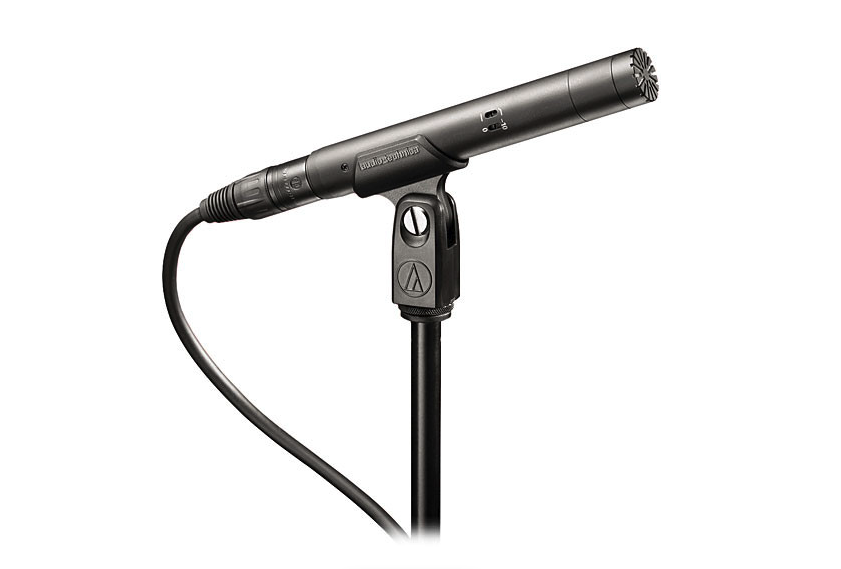
Another favourite is the Audio Technica 4022 omnidirectional microphone. This is only sold as a singular microphone; however, due to its omnidirectional pickup, you still get a rich ambience at a high-quality standard. Some may opt to purchase two of these for a wider stereo image; however, using just the one will do just the trick. This is also a highly sensitive microphone at -34 dBV, with low self-noise, and it comes with a nifty carrying case.
Specs:
- Polar Pattern: Omnidirectional
- Frequency Range: 20Hz to 20kHz
- Noise Level: 13dBA
- Sensitivity: -34 dBV
- Price: $349 ($698 for two)
Best Premium Field Recording Microphones
Sennheiser MKH 8020 Stereo Set
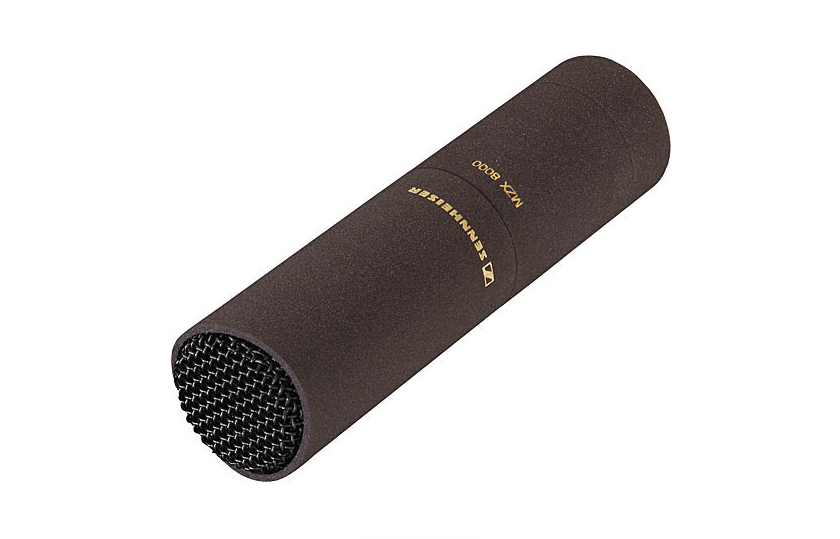
You can’t get any more premium than the Sennheiser MKH 8020 microphones, the star of the show when it comes to ambient recordings. These are intended for this exact purpose: recording natural ambience. They have a wide frequency response, going as low as 10Hz, and an extremely low self-noise of -10dB. The microphones have symmetrical transducers, resulting in extremely minimal distortion. And to top it off, they are moisture-resistant! These are highly recommended and used in the ambient recording field at professional levels and are regarded among the best microphones for ambient recordings.
Specs:
- Polar Pattern: Omnidirectional
- Frequency Range: 10Hz to 60kHz
- Noise Level: 10dBA
- Sensitivity: -32 dBV
- Price: $2799
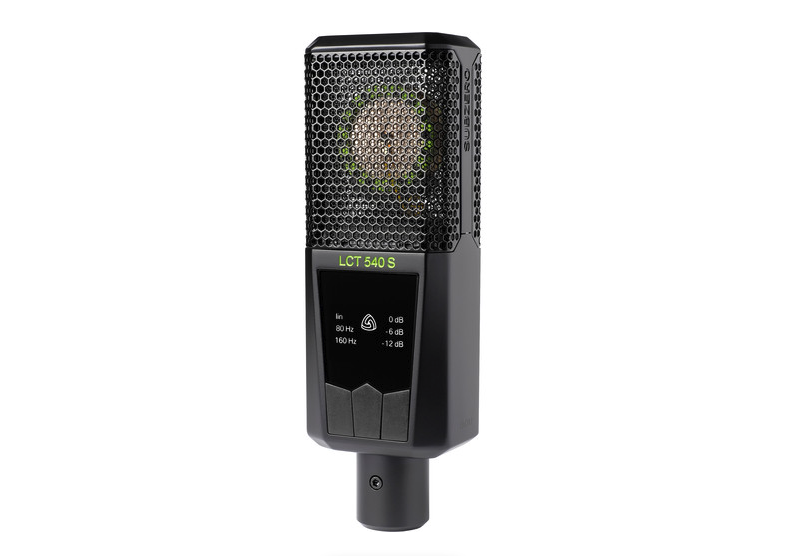
At first glance, this microphone looks like it belongs in the studio. While I was researching the best microphones, this microphone popped up a few times, and I have to say that these are impressive. The name “SubZero” comes from the fact that their self-noise is below the threshold of human hearing, measured at 4dB. This makes it ideal for ambience recordings. The microphone is also constructed to handle extreme dynamic range, making it versatile for different types of ambient environments. Since these are much bulkier than the others, they may take some time to set up; however, if you want the lowest possible self-noise, these are the microphones for you.
Specs:
- Polar Pattern: Cardioid
- Frequency Range: 20Hz to 20kHz
- Noise Level: 4dBA
- Sensitivity: -28dBV
- Price: $499 ($998 for two)
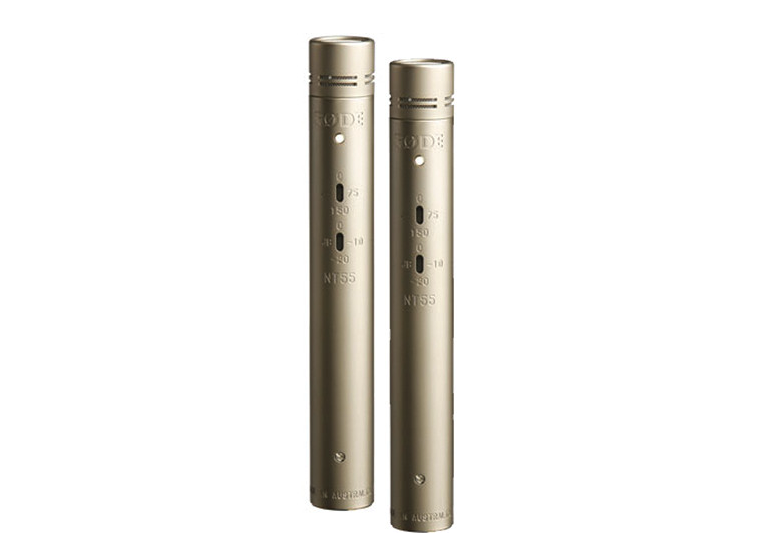
RODE produces some of the most reputable microphones in the audio industry, and the NT55s are another premium option. With an interchangeable configuration, offering both cardioid and omnidirectional, the NT55s are the most flexible on this list. What also makes these microphones highly valuable is their high sensitivity at -38dBV, which is the most sensitive on this list. They also have a three-position pad to allow for more headroom when recording louder soundscapes, and three-stage high-pass filters to deal with low-frequency noise. For the price and what you get, it’s an amazing value.
Specs:
- Polar Pattern: Cardioid and Omnidirectional
- Frequency Range: 20Hz to 20kHz
- Noise Level: 15dBA
- Sensitivity: -38dBV
- Price: $829
From this list, you should now have a good grasp of which microphones are available (both in the budget and premium markets), their features, and whether or not they are right for you.
Cover image via Freepik.
Looking for filmmaking tips and tricks? Check out our YouTube channel for tutorials like this . . .
